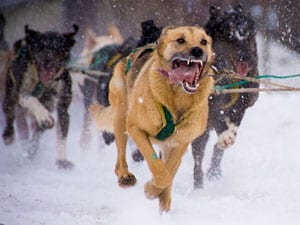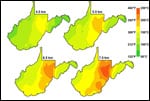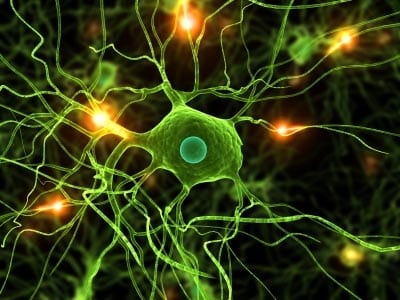An article looking at the abilities of humans and animals to run long distances tapped into the research of SMU physiologist and biomechanist Peter Weyand.
Journalist Brian Resnick in Popular Mechanics cites Weyand’s knowledge to explain the differences at work between humans and animals in “The Animal Kingdom’s Top Marathoners.”
Weyand is an SMU associate professor of applied physiology and biomechanics in the Annette Caldwell Simmons School of Education & Human Development. His experience includes leading a team of experts in biomechanics and physiology that conducted experiments on Oscar Pistorius, a South African bilateral amputee track athlete. Pistorius has made world headlines trying to qualify for races against runners with intact limbs, including the Olympics.
Weyand is an expert in the locomotion of humans and other terrestrial animals with broad research interests that focus on the relationships between muscle function, metabolic energy expenditure, whole body mechanics and performance.
An expert in the scientific basis of gait and movement, his global interests in muscles and movement have made energy and performance central themes throughout his research career. Weyand’s research and expertise on the limits of human and animal performance have led to featured appearances on CNN, NHK Television in Japan, the Canadian Broadcasting Corporation, the History Channel, City TV of Toronto, CBS Boston and others.
Excerpt:
By Brian Resnick
Popular Mechanics
Compared to other land mammals, humans are remarkably good at running long distances. Our upright posture and ability to shed heat — through sweating — are what allow people to run more than 20 miles during a race. Very few other animals can sustain such distances, especially at the speeds that top human athletes perform. But there is plenty of competition out there — nature is full of species adapted for running distance. Here’s a look at six of the best marathoners in the animal kingdom, from slowest to fastest.Through years of selective breeding, racehorses have gained a built-in biological mechanism for efficient blood — the kind that certain human athletes can only achieve by doping.
“When they start to exercise, their spleen will kick out a whole bunch of red bloods cells into their system, into their cardiovascular system to make the oxygen carrying capacity of their blood go up,” says Peter Weyand, professor of physiology and biomechanics at Southern Methodist University. Human blood dopers transfuse blood before a race to achieve an increased aerobic capacity. However, the horse naturally release blood cells moments after starting to a gallop.
For the last 30 years, the Welsh town of Llanwrtyd Wells has hoted a 22-mile, man-versus-horse race. Humans have only won the race twice, but top runners usually only finish 10 minutes after the animals. Where horses exceed in oxygen efficiency, humans make up for in temperature regulation. In the beginning of the race the horses tend to have a 30 minute lead, but toward the end, that advantaged is cut to a couple of minutes. Over the course of the race, humans are more efficient at expelling heat — not to mention they aren’t running with a rider on their back. On a hot day, humans can win much more easily.
Are humans born to run? Some experts think that humans have, indeed, evolved to be distance runners — the better to track prey, evade predators and migrate. While there is some debate on running and human evolution, there is no question that we are up there in the animal kingdom for speeds at marathon distances. There is no one reason, but the efficiency of our cooling systems — our ability to sweat — and having an upright posture, to minimize our sun exposure and maximize our lung capacity, are some of the primary reasons we are skilled distance runners.
One major difference between humans and animals is that we don’t have in-born endurance; we have to train.
Peter Weyand says that compared to other animals, humans have a high energy cost of running — we spend more energy in each stride relative to our size. But unlike wild animals, we can motivate ourselves to run, and through training we can increase our aerobic scope — the amount of aerobic activity one can achieve. “Even though
[humans] are good at regulating heat, they have more heat to dump because their economy is poor,” he says. Strict training regimens and the ability to sweat can make up for that lack.
Read the full story.
 An article looking at the abilities of humans and animals to run long distances tapped into the research of SMU physiologist and biomechanist
An article looking at the abilities of humans and animals to run long distances tapped into the research of SMU physiologist and biomechanist 






